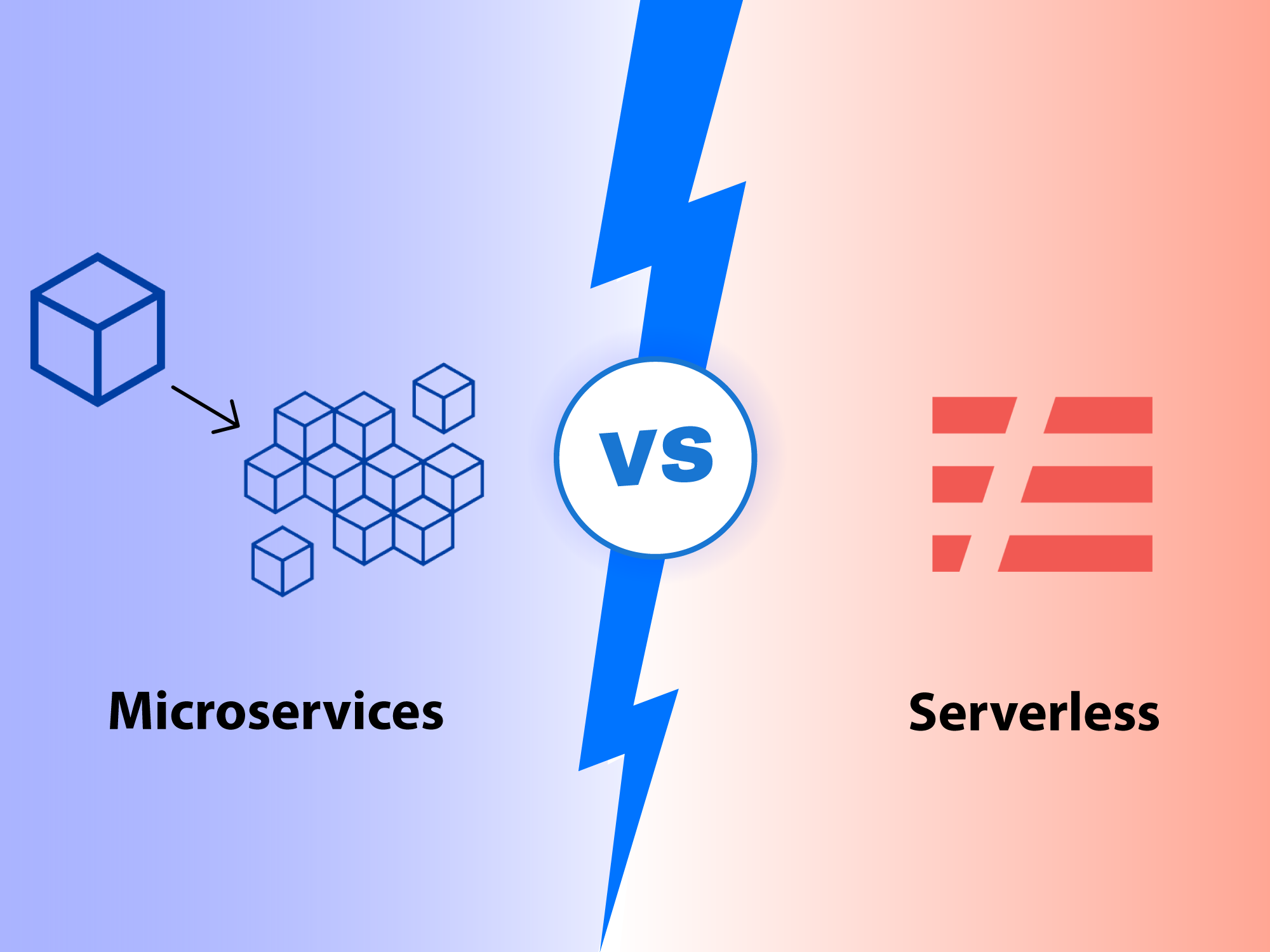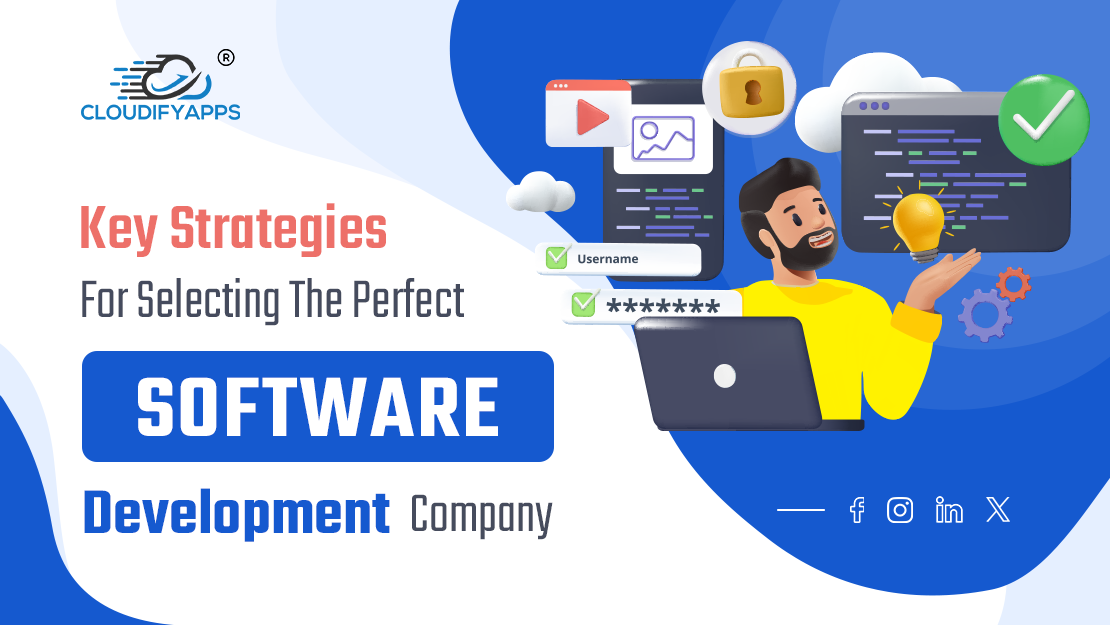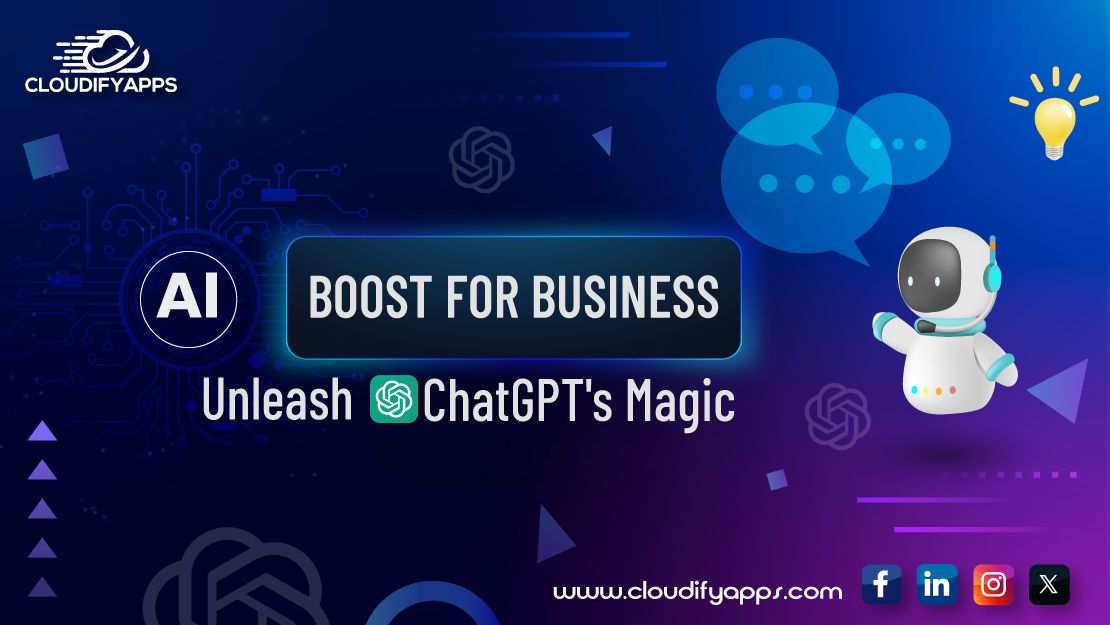
Serverless vs. Microservices - A Competitive Study Between These Renowned Architectures to Choose The Ideal One in 2022
Introduction
In the earlier days, architectural designs were mainly monolithic and lacked scalability, agility, and manageability. In this case, the organizations would have to deploy the entire application to a single application server, running on a single machine. Occasionally, the whole database would even have been deployed to the same machine.
Even after doing all of this, if any bug appeared, it would simply shut down the entire application, halting all operations. It led to an endless cycle of coding, deployment, and debugging, bringing down the organizations' work productivity.
However, the industry witnessed a significant shift due to evolving changes in architecture designs, which resulted in creating two major architectures, namely, serverless and microservices.
Both are solid contenders for scalable and agile solutions. Both prioritize security, but their approaches differ. Business owners are frequently perplexed as to whether they are the same or not. If they are not the same, which one should be chosen for more incredible benefits? So, in this article, we'll find out.
What is Serverless?

When business owners hear the term "serverless," they assume it refers to something that does not require a server. Nevertheless, that is a deceptive concept. It means that a company does not have to put money in or maintain physical hardware resources. Instead, they can rely solely on a trusted third party to keep the necessary physical infrastructure, encompassing the server, network, storage, etc.
This method enables an organization to develop the application without maintaining the underlying core infrastructure. Microsoft Azure Functions and Google Cloud Platform Functions are two industry leaders in Serverless Architecture Providers.
It includes two perspectives: Function as a service (FaaS) and Backend as a service(BaaS).
Function as a service (FaaS)
FaaS is a highly evolved architecture model that allows developers to efficiently run their code modules of the application on the fly without worrying about the backend or system requirements.
Backend as a service(BaaS)
BaaS is yet another perspective of this serverless architecture services. In this model, any system's entire backend infrastructure is managed independently and offered as a service.
Backend services are typically outsourced to a third party for maintenance and management, allowing organizations to focus on developing their core functions.
What are Microservices?

Building a microservice architecture(MSA) comprises many autonomous components that communicate with one another via APIs. Each of these elements, referred to as microservices, performs a specific task or procedure. Each microservice architecture is implemented within a container that functions as an independent application.
Moreover, each Microservice Architecture contains three basic elements, which are as follows:
- Individual databases
- Libraries
- Templates
Major Differences Between Serverless and Microservices

Both of them provide promising results in terms of scalability, agility, and manageability. However, there are some significant differences between them.
Serverless architecture apps are primarily concerned with codebase efficiency. The functions aren't very long-termed. When a specific condition statement is triggered, they begin the execution process. This also implies that if no trigger or condition statement is met, the function will not work. This incorporates an efficient development approach — the application does not consume more CPU than is necessary, and teams save money on computing and storage space.
On the other hand, Microservice Architecture is primarily aimed at long-term solutions. They can run nearly continuously 24 hours a day, seven days a week. It's an excellent long-term solution for teams that want to grow and scale up their businesses.
Let's look at how these two architectures differ based on some parameters.
Approaches to the IT Operations
In the case of microservice architecture, it is entirely dependent on the development of the team resources. The organization's in-house or outsourced DevOps team is in charge of the entire maintenance and support of the system's architecture.
Aside from that, the in-house or outsourced DevOps team is also in charge of monitoring and deployment. The same is true for the Microservices architecture's security and computation.
In the case of serverless architecture, on the other hand, it is entirely dependent on a third-party vendor. The development, security, and maintenance of the server space are not the organization's responsibility. The vendor is only in charge of internal operations.
This method allows for lower project costs by avoiding hiring and onboarding expenses, as well as storage and hardware investments.
Expenses of the Company
Developing Microservice Architecture in the early stages can be extremely costly. Many teams and members are required to handle the project's architecture and assemble all of the components, which again necessitates a significant amount of time, effort, and money. These early stages necessitate extensive planning, making them critical.
Furthermore, as previously stated, microservices rely on in-house or outsourced resources, making development and maintenance more expensive. However, there are some advantages to this approach. The company does not rely on third-party plans and does not run the risk of vendor lock-in.
If you use the serverless architecture, you have a good chance of lowering your overall costs. You can benefit from sharing resources in this case. Since third-party vendors are involved in this architecture, they distribute the servers among many clients, dividing the cost and providing options for cheaper subscriptions. You also save on HR costs because there is no need to hire server and hardware specialists.
Functions
Functions are time-limited and only run when a condition requires them. They are shorter and narrower. A function is that component that is dedicated to a specific task, whereas a microservice can manage various related processes simultaneously. A single Microservice Architecture can perform multiple functions.
Runtime
The serverless architecture services have a limited time of running. For example, on AWS Lambda, a function can run for 15 minutes. The main reason is that the functions are short-term individual processes that do not require a lot of RAM to execute.
On the other hand, Microservices are not bound by the vendor's requirements for limited runtime or storage space. As a result, they are far superior if you need long-term operations that involve storing and manipulating massive amounts of data.
What are the Major Steps in the Working Process of Serverless?

Serverless architectures outperform microservices in real-time apps, MVPs, and even assistance. Using this, you can easily build responsive applications that can quickly process user requests while consuming minimal RAM.
Let's take a look at how Serverless Architecture Providers work in detail.
Functions
To begin, the developers divide the application's overall performance into several smaller components called functions or methods. In this case, each function will only perform one individual task. The developers code these functions in the most efficient manner possible, taking into consideration the space and time complexities. It is a simple and brief procedure.
Events
The developers are now required to assign events for each of these functions specifically. These functions are somewhat analogous to condition statements. When these events are triggered, the functions on the application are executed. A Google search, for example, is a classic example of an HTTP request.
Trigger
An event triggers the function. It occurs when a user clicks a button, touches a screen at a specific point, or presses a specific key. These triggers are created for all of the application's functions and events.
Execution
Now is the time to execute the application's code. The function's execution process begins, and in this way, the user can execute whatever functionality they want in the application.
Output
Users receive outputs on the client-side of the application in the form of a particular layout.
What are the Major Steps in the Working Process of Microservices?

A microservice is typically developed within a container that contains code libraries and templates. Each container has everything a component requires to function and provides a running environment for the service. Docker is considered the most popular container development platform.
Let's take a look at the steps involved in the working process of Microservices.
Decomposition
First, all of the application's features are decided and listed down. After being listed, they are divided into smaller chunks. This type of architectural management involves a large number of tams. A team is working on presenting the complete functionality in a decentralized model.
Design
You should now know which services you will need to deal with in this architecture, and it is time to figure out the relationships between each service. In this particular step, the developers also decide the hierarchy, such as the dependence of the microservers on each other.
Development
Developers begin building services once the microservices map is complete and the team understands how the components will fit together to form a single system. This is done in a smaller DevOps team, with each unit (2-5 developers) in charge of a single service.
Deployment
Microservices can be deployed in containers, separate virtual machines, or as FaaS in a serverless infrastructure.
Among Serverless and Microservices, When Should You Use Which?

If You Prioritize The Confidentiality Factor, Then You Should Go For Microservices
If you are sharing information, serverless architecture services may not be the best option. There could be some severe issues with the application. Cloud hosting is a type of shared hosting or managed hosting.
As a result, you can see that you are not the only one utilizing a third-party vendor's resources. In this scenario, your data is not entirely secure because this is a 'multi-tenant' situation rather than a 'single-tenant' situation.
One tenant can see and learn about the data and information of another tenant. Moreover, it is not likely that you will always use resources from a single vendor. There could be a lot. As a result, as the vendor changes, it will become increasingly difficult for you to monitor and configure the entire operation.
If You Want Your Legacy Has To Stay, Then You Should Use Microservices
If the infrastructure of the legacy system must remain in place for the time being, serverless architecture services will not suffice. Serverless architecture performs well in terms of speed and price, but these are only two factors to consider.
Serverless is highly granular, but precisely this granularity makes it incompatible with a vast, existing codebase. In other words, once you have a legacy system, it is too big of a leap to make. So, it is better to consider a Microservices approach.
If You Are a Startup, Then You Should Go For Serverless
If you are the founder of any startup, serverless architecture is the way to go. Whatever your goal is—responding to a time-limited market or quickly capturing a market share at the start of any trend—serverless architecture will provide you with the best and fastest time-to-market speeds.
Furthermore, it will be a cost-effective solution for startups. You will not pay for a server that is not in use. You typically require highly flexible apps along these lines in the absence of predictable usage data.
If You Are Beginning From Scratch, You Should Use Both Serverless and Microservices
Starting from scratch allows you to realize the rewards of Serverless Architecture Providers more rapidly, but not immediately. If you're creating an entirely new architecture, use Microservices but plan to transform to Serverless.
Final Thoughts
Of course, both Microservices and Serverless Architecture Providers have benefits and drawbacks. The decision about which architecture to use is based on an examination of your firm's goals and scope of work. You must understand what you precisely require for your business. When making a decision, consider not only the current scenario but also the long run.
Finally, serverless is a good bet if price and time-to-market are priorities. On the other hand, Microservices is a more practical option if your organization plans to create a massive application where the device is anticipated to grow and adapt.
Alternatively, with the correct people and hard work, both of these solutions can be combined within only one cloud-native instance.
Popular Tags
Recent Posts
How To Choose The Right Software Development Company For IT Resource
ChatGPT for Commercial Use: How to Enhance Any Business With AI
Enhancing AI with Retrieval-Augmented Generation for Precision and Relevance
Smart Retailing with ChatGPT: 2023's Supply Chain Breakthroughs
We are at























